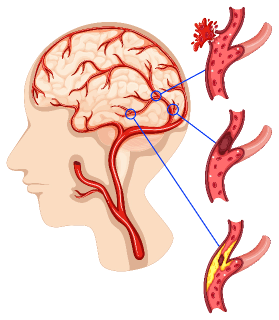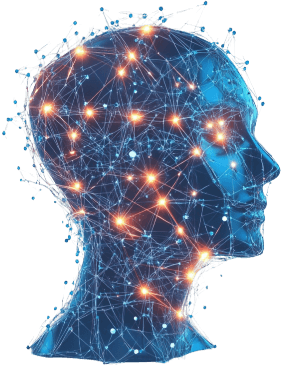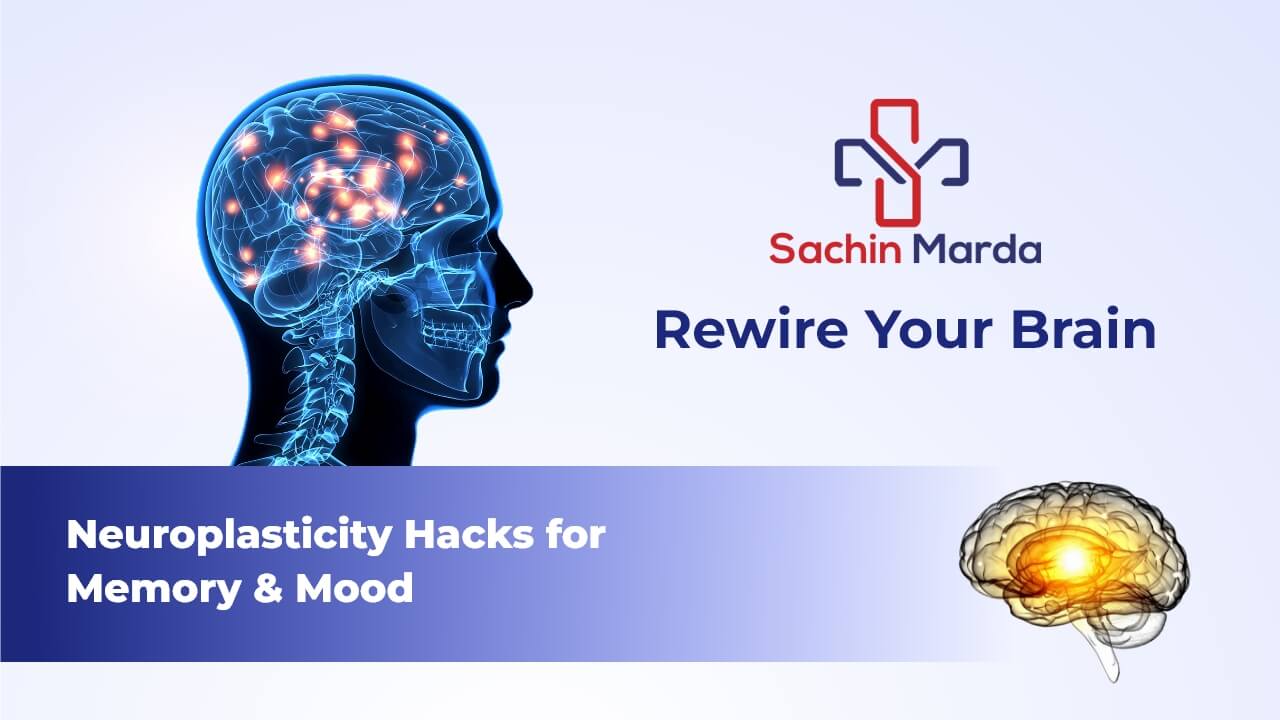Introduction to Neuroplasticity: Your Brain’s Superpower


The Connection Between Neuroplasticity, Memory, and Mood
Your brain’s flexibility directly impacts memory and emotional resilience:
Memory: Neuroplasticity strengthens the hippocampus (the brain’s memory hub) by forging new neural pathways. For example, London taxi drivers who memorize city streets have larger hippocampi than average—proof of “use it or lose it” in action.
Mood: Chronic stress weakens connections in the prefrontal cortex (responsible for decision-making) and amplifies the amygdala (the fear center). You can reduce anxiety and boost optimism by rewiring these circuits through positive habits.
Science Hack
Practices like gratitude journaling or mindfulness physically thicken the prefrontal cortex, helping you regulate emotions.

Mindfulness Practices to Boost Neuroplasticity
Mindfulness isn’t just trendy—it’s a neuroplasticity powerhouse. Here’s how to use it:
Breathwork: Deep, rhythmic breathing activates the parasympathetic nervous system, lowering stress hormones like cortisol that hinder plasticity.
Body Scans: Spend 5 minutes daily focusing on physical sensations. This trains your brain to stay in the present, reducing rumination.
Guided Meditation: Apps like Headspace or Insight Timer offer sessions to strengthen attention and emotional regulation.
Pro Tip
Start with just 3 minutes of mindful breathing each morning to build consistency.
The Role of Physical Activity in Rewiring Your Brain
Exercise isn’t just for muscles-it’s a brain sculptor:

Aerobic Exercise (e.g., running, cycling):
Boosts BDNF (brain-derived neurotrophic factor), a protein that fuels neuron growth.

Strength Training:
Enhances mood by balancing neurotransmitters like serotonin and dopamine.

Yoga/Dance:
Combines movement with coordination, challenging your brain to create new motor pathways.
Action Step
Aim for 30 minutes of brisk walking daily-it’s enough to spark BDNF production!
Sleep: Your Brain’s Reset Button
REM Sleep
Critical for emotional processing and creativity.
Deep Sleep
When the brain flushes out toxins (via the glymphatic system) and strengthens memories.

Hacks for Better Sleep

Avoid screens 1 hour

Keep your bedroom cool

Try a magnesium-rich snack
(e.g., almonds, bananas) to relax your nervous system.

Learning New Skills to Create New Neural Pathways
Challenging your brain with novelty forces it to grow:
Learn a Language: Apps like Duolingo activate the brain’s language centers and improve multitasking.
Playing an Instrument: Strengthening connections between auditory, motor, and visual regions.
Try Cooking or Art: Creative tasks engage multiple senses, sparking synaptic growth.
Fun Fact
Struggling to master a skill? That frustration means your brain is building new pathways-embrace the “beginner’s mind”!
Daily Neuroplasticity- Boosting Habits
Morning Sunlight: 10 minutes of natural light sets your circadian rhythm and boosts serotonin.
Micro-Learning: Spend 5 minutes daily on a new skill (e.g., juggling, Sudoku).
Social Connection: Meaningful conversations strengthen the brain’s “social network” (default mode network).
Hydration: Dehydration shrinks brain cells—aim for 8 glasses of water daily.

Final Thoughts
Your brain is a work in progress-every thought, habit, and experience shapes it. By embracing neuroplasticity, you’re not just improving memory or mood but also reclaiming control over your mind’s evolution. Start small, stay curious, and celebrate every tiny win.
Schedule your consultation with Dr. Sachin Marda now.
For a valuable second opinion and expert guidance reach out to Dr. Sachin Marda today. His wealth of knowledge and experience ensures that you will receive top-notch advice and recommendations customized specifically to your needs.


